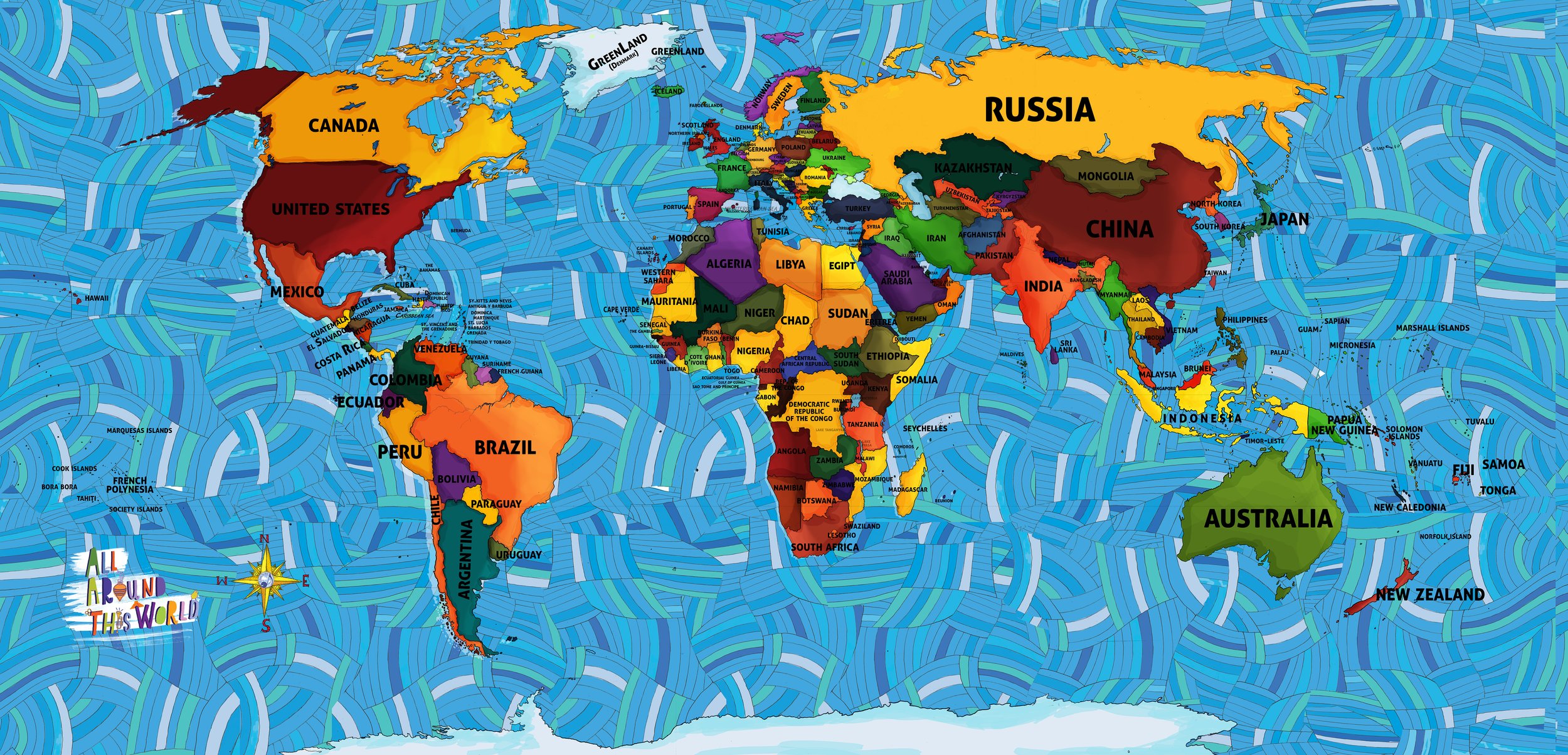U.S. & CANADA CAJUN MUSIC
Cajun Music is a genre that developed in Louisiana but that has its firm roots in the Maritime provinces of Canada. In the 17th century a group of French settlers, hailing from all over France but primarily from urban areas, colonized the eastern part of the country we now call Canada--specifically today's provinces of Nova Scotia, New Brunswick and Prince Edward Island. At the time the land was called Acadia, which was part of "New France."
In 1710 the British conquered Acadia. The British feared the Acadians in New France would rebel, and, in fact some did. From 1755-1764 the British used this threat as justification for "The Great Expulsion," during which they brutally deported about 11,500 Acadians, sending most to France. An estimated third of deported Acadians died en route. Acadians who the British had deported to France yearned to return "the New World," and many thousands did, taking advantage of an opportunity to settle in southwestern Louisiana. The Acadians became known in Louisiana as the "Cajuns." (Say "Acadian" like this -- ah-cA-djun -- and you'll get it.)
The history of the French Creole people is very different from that of the Cajuns. The word “Creole” comes from the Spanish, “criollo” which refers to someone who was born in the colonies. Initially “Creole” people were Louisiana-born descendants of Spanish or French settlers. Over time the term shifted to refer to slaves who were born in Louisiana, as opposed to slaves who had came directly from Africa, and also to free, relatively well-to-do blacks born in Louisiana, many of whom owned land. To confuse matters more, during the Haitian slave rebellion and independence movement of 1791-1804, a set of wealthier French-descended Haitians fled to Louisiana, bringing with them their Haitian-born, African-descended slaves, and eventually became part of the Creole community as well. By the mid-1800 an aristocratic Creole culture developed in New Orleans, composed mainly of light-skinned blacks.
Because of complicated race and class dynamics, while musicians have always been among the members of society most likely to cross racial and cultural boundaries – united by song! Still, because of complicated race and class dynamics Cajun and Creole music developed in parallel. Here are some differences:
— Cajuns use the “diatonic accordion,” while Creoles generally use the more versatile “piano accordion.”
— Cajun music often includes the steel guitar and features the fiddle. Creole music often has no fiddle at all.
-- Cajun music is usually bright, lively and even acrobatic. Creole music can be slower and the songs often focus more on narratives about things like the hard life on the bayou. One similarity? Both genres are awesome.
IN CLASS WE…
EXPLORE THE U.S. AND CANADA WITH…
-

-
DANCES, HOLIDAYS AND FUN!

THE U.S. AND CANADA
ALL AROUND THIS WORLD’S SONGS AND LESSONS
Click on the map to meet any region of the world.


